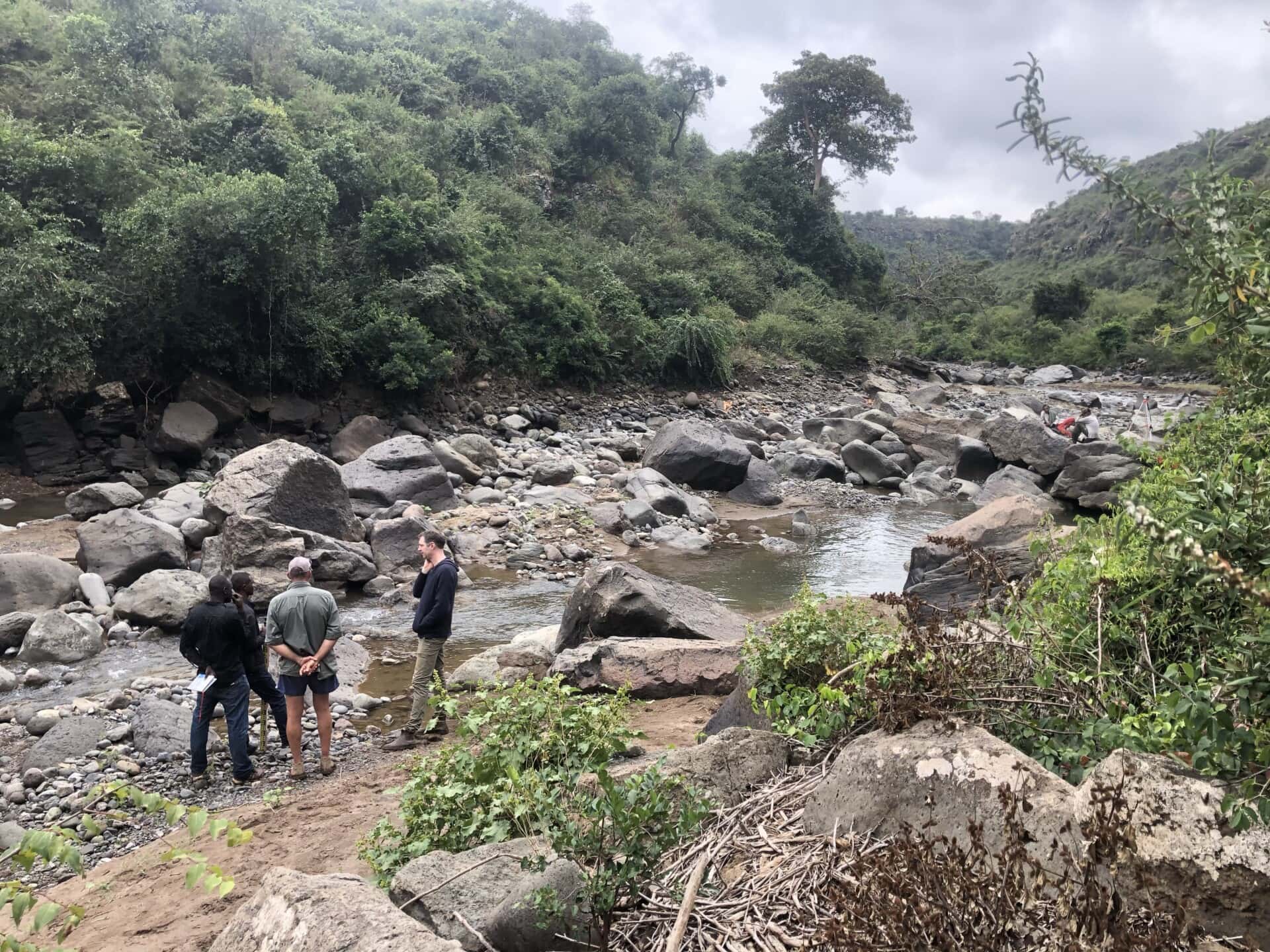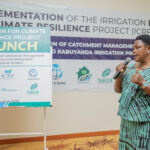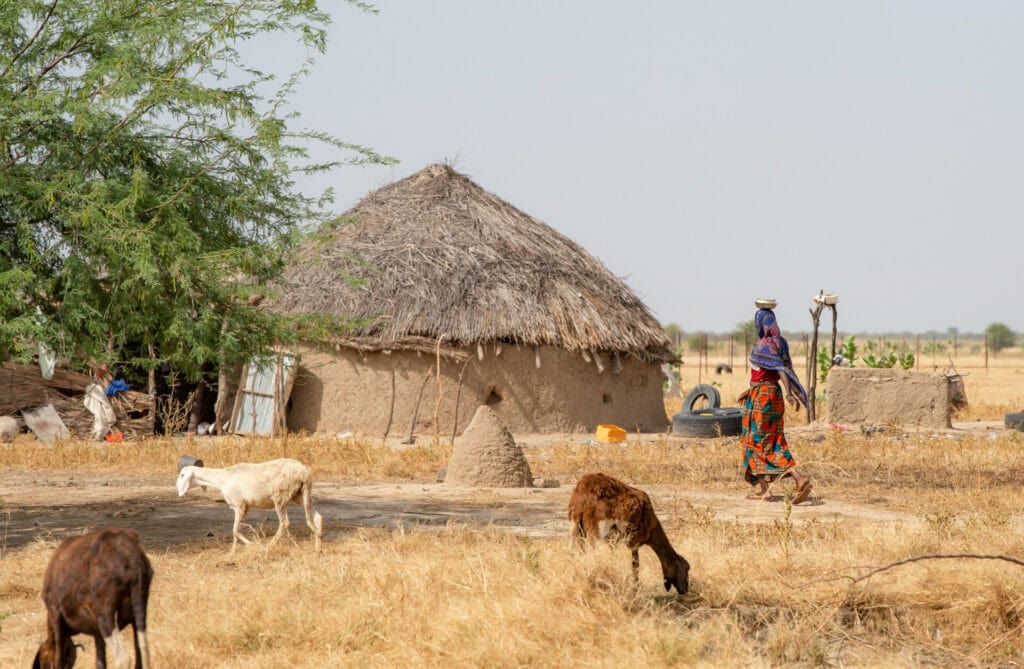Implementation of Water Resources Management in the Middle Awash Basin

In November 2019 AidEnvironment started a new project in Ethiopia: Implementation of Water Resources Management Interventions in the Middle Awash Basin. The project will be implementing the recommendations that AidEnvironment made in an earlier study. This study found that the development of water resources in the catchments of two tributaries of the Awash River (Biskelo and Worenzo), could:
- Provide additional water for irrigation for communities and private sector
- Provide water to local communities in a long-term sustainable manner allowing them to become more climate resilient and strengthening their livelihoods
- Improve the relationships between the communities and private sector.
- Positively impact on sustainability goals in environment, water and gender
The project will be implemented in partnership with the Oromio Bureau of Agriculture, and MetaMeta. The project will run until June 2021 and will focus on two components:
- Micro-catchment management institution development
- Design and construction of water harvesting infrastructure

Proposed water harvesting interventions
Micro-catchment management institution development
Under this component the project will establish an institution that will support the development and management of the watershed in the two tributary rivers. The aim of this institution is to facilitate the management and maintenance of the water resources infrastructures to be developed in the watersheds of Worenso and Biskelo Rivers and oversee equitable division of water between the communities and private sector. The institution has as the aim to increase water availability in the dry season and retain water upstream for community access in the upper regions, smallholder irrigation development upstream from the Tibila Channel and securing water access for private sector. The aim of the project is to have equal representation of men and women in the catchment committee.
Design and construction of water harvesting infrastructure
The project will coordinate the construction of water harvesting infrastructure in the catchments of the Biskelo and Worenso rivers. In the figure below an overview is presented of the infrastructure which could be developed.
Degraded lands
Within the catchments, large areas of degraded land exists. In these areas, major gullies have formed and the continuing erosion is starting to affect existing fields and infrastructure. In order to stop the erosion, the project will implement soil and water retention structures and work on re-establishing trees and grasses in order to hold the soil that is now exposed.
Water retention structures in the Worenzo and Biskelo micro-catchments
Currently the main problem of the Worenzo and Biskelo rivers is their high peak flow and low dry season baseflow. By undertaking water recharge and retention structures upstream, the communities, private sector and the environment gain a multitude of benefits.
- Reduce the speed of the peak flow, which will positively affect the people downstream who are currently experiencing floodings.
- The slowing of the water in the peak season will allow water to recharge the environment upstream so that the area will have more groundwater
- This groundwater will still contribute to the baseflow of rivers in the dry season so more irrigation water can be made available during dry periods.
The project will be designing and implementing a range of water retention and recharge structures in both catchments, such that additional water will become available for irrigation and drinking water.
For more information, please contact Rommert Schram




